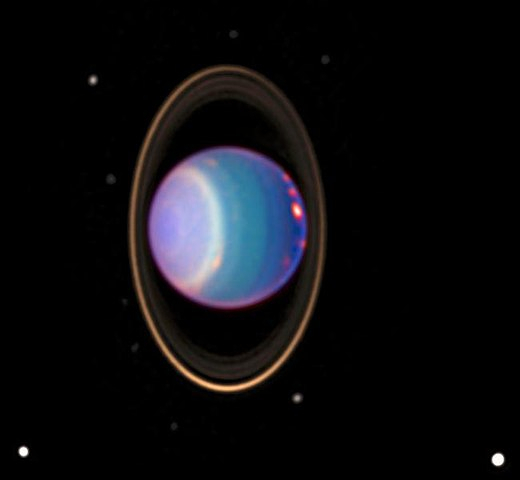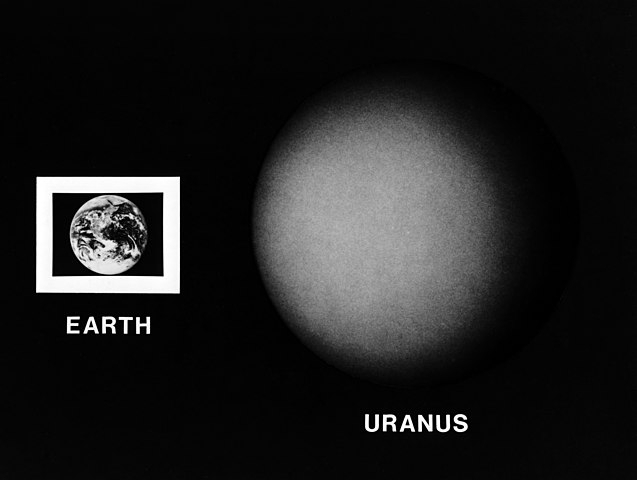A report compiled by NASA recommends a comprehensive and thorough study of Uranus to be regarded as 'the top priority' for interplanetary exploration for the next decade. The recommendation was made in 'Decadal Survey for Planetary Science and Astrobiology' published by The National Academy of Sciences (NAS).
The survey is a compilation of significant planetary science questions as underlined by scientists, also incorporating the details of necessary and essential space missions in response to those questions. If all goes well then the American space agency will soon be preparing with a launch of a $4.2 billion orbiter to Uranus.
In 2011, the last decadal survey had given the US space agency had three objectives, which had placed Uranus as a third priority. The first two included a Mars sample return mission, later known as the Perseverance Rover and the Europa Clipper spacecraft which is getting ready for a launch in 2024.

Since ice giants like Uranus and Neptune have never really been the primary focus of any interplanetary probe, scientists are continuously striving for a return visit to either of these. An attempt was made in 1986 when NASA's Voyager 2 probe briefly came within 50,000 miles of Uranus.
Robin Canup of the Southwest Research Institute, was a co-chair on the Academies' steering committee, she believes that the discovery of planets in alien solar systems in the previous decade has shown that ice giant planets are "likely the most common class of planets in the universe." She added: "We saw this mission as delivering absolutely transformative, breakthrough science because we know so little about these systems. We are sure there are going to be lots of surprises once we get there."
Dr Leigh Fletcher from the Leicester University, a member of the Giant Planets panel for this survey told BBC News: "we think we understand how something gets as big as Jupiter, and we think we understand how something gets to be the size of Earth and Venus. But in the middle, in that kind of sweet spot between those end-members - we don't fully understand how a world can start to grow and grow and not just carry on to become Jupiter-mass in size. A mission to Uranus could help us answer that."

Considering Jupiter's position, 2031 and 2032 are being deemed as the most beneficial launch opportunities. The spacecraft would be made to use a gravity slingshot around Jupiter in order to cut short the cruise time to 13 years in arrival to Uranus. The scientists decided to favor Uranus over Neptune when considering a situation if a Falcon Heavy rocket is launched 2031 or 2032, the orbiter could take much longer to arrive in Neptune in comparison to the 13-year mark for Uranus as the former "represents a unique planetary type that we poorly understand," according to Ravit Helled, a planetary scientist at the University of Zürich, one of 130 scientists who contributed to the survey.
Dr Canup further added that Uranus is 'a worthy target for a Nasa flagship' and of all the potential candidates evaluated "it was the only one to receive a low-medium rating for its risk."
"So because of that, we are extremely excited to recommend that the highest priority new flagship should be a Uranus orbiter and probe. This will be a fantastic multi-year mission with the probe dropping into the planet at the beginning of the mission, followed by an extended orbital tour investigating the satellites, their interiors, the magnetosphere, the rings, and the atmosphere. It is technically ready to start now. We recommend that it be initiated in financial 2024."
The report also highlighted the Enceladus Orbilander to be NASA's second-highest priority large mission, with the aim to orbit and land on Saturn's tiny active moon for investigating the plumes spilling into space from cracks in its icy surface. The probable launch is estimated in 2038 with the arrival in 2050 and a cost of $4.9 billion.









